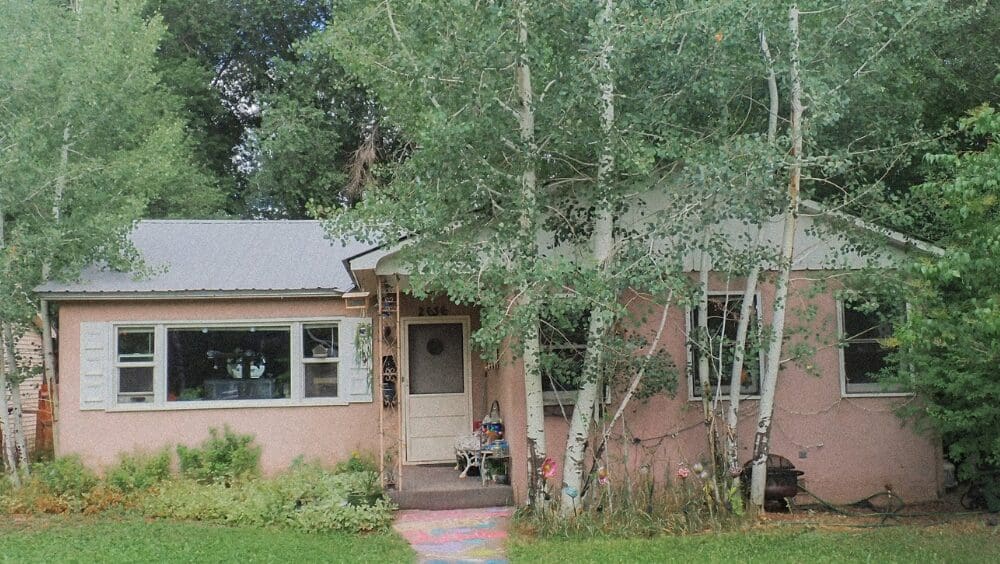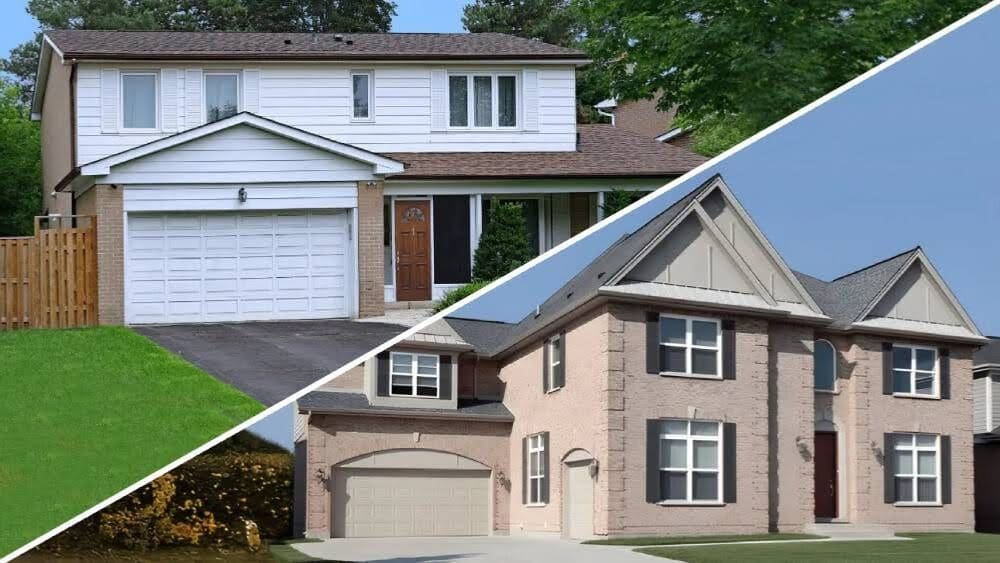
Selling a house “as is” without inspection is the definition of driving a hard bargain. In essence, you’re asking buyers to purchase your home blind and take your word that your price is accurate. That’s a big leap of faith to require of a stranger. As for whether you can sell a house as is without inspection — the answer is yes, it’s possible and does happen. And for sellers of distressed homes or inherited property, it can be an appropriate strategy to facilitate a streamlined closing. Some flippers and investors will be well accustomed to these terms and may even prefer them. But to pull it off, you’ll need to overcome a limited buyer pool, accept a discount on your listing price, and offer unflinching honesty about your home’s existing flaws. It’s important to realize that selling a house “as is” doesn’t by default remove a buyer’s right to request an inspection. The “as is” label signals that as the seller, you aren’t willing to negotiate on price no matter what comes up in the inspection. However, a buyer could still include an inspection contingency in the contract. If the inspection identifies any deal breakers — like faulty wiring, a crack in the foundation, or any red flag, really — the buyer could choose to walk away with their earnest money. When you sell a house as is, no inspection, you’re taking the “What You See Is What You Get” message to another level and telling buyers: no inspections allowed. That sounds great in theory for the seller, but you have to consider the challenge it creates. What kind of buyer will accept a deal with these terms? Considering 95% of buyers choose to inspect existing homes, you’re hoping to appeal to that slim 5%. The good news is that these buyers do exist; you just have to know where to find them. When selling a house under “as is” no inspection terms, you’ll need to seek out fearless house flippers and property investors — not first-time buyers or any folks looking for a turnkey property. Flippers and investors have been around the block a few times and seen all types of homes in all sorts of conditions. For example, Harrisburg, Pennsylvania, real estate investor Kyle McCorkel has purchased nearly a dozen properties without getting an inspection first. “It’s pretty much the way I operate now,” he says. With so many flips under his belt, McCorkel knows when he purchases a property, he’ll be replacing most of the major components anyway. “As long as you allocate the proper funds in your rehab budget for the expensive components, having an inspector point out the deficiencies in the current systems is useless information,” McCorkel says. Additionally, waiving the inspection contingency makes for a more compelling offer to most sellers. As a bonus, many of these investors or flippers are more likely to offer all cash for the property, further waiving contingencies like sales or financing. Other than investors or flippers, there is another type of buyer who is more likely jump on “as is” properties without inspection: “If it’s an individual, it could be somebody who’s in construction or a handy man that feels confident they can tackle anything,” says Becky Gluff, a top Indianapolis agent who earned HomeLight’s 2019 Top Negotiator Achievement. One way to find these elusive buyers is to work with an investor-friendly real estate agent in the area who helps flippers find distressed homes. With the help of an agent who has these existing connections to local property investors, the buyer of your home could be a few phone calls away. You can also get instant access to hundreds of potential real estate buyers through HomeLight’s Simple Sale platform, the largest buyer network in the U.S. Our network buys your home as-is, in any condition, and we handle all the buyer-side costs and paperwork on your behalf. The offer you receive will be all-cash so you can expect a flexible and fast closing. To get started, answer a few questions about your home and selling timeline. One strategy we don’t recommend is calling up the first cash buyer you can find on Google. Some scammers in the real estate investor space will take advantage of who they believe to be a desperate seller. With Simple Sale, you can rest assured that every buyer on our platform has been stringently vetted and that we’ve verified their proof of funds. When you ask buyers to waive the inspection, you’re asking them to take on more risk. And a lower price is how a responsible buyer justifies that increased risk. For all they know, the house they’re purchasing could have termite damage, leaky plumbing, a history of water damage, mold, or other adverse issues that could impact the value of the property and therefore, their business decisions. “The price almost always has to be lower,” when you ask buyers to waive inspection, confirms Gluff. She advises sellers who want to sell “as is” with no inspection to lower their listing price at least $10,000 to start. McCorkel’s experiences echo Gluff’s: he recently beat out $200,000 asking price offers on an as is home by offering $190,000 and waiving the inspection contingency. Just because you’re selling a home “as is” without an inspection doesn’t mean you can play fast and loose with the property disclosure. A thorough seller’s disclosure is “absolutely a requirement,” says Gluff, unless it’s an estate sale. If you fail to disclose known material defects, you open yourself up to legal action from an unhappy buyer down the line. The International Association of Certified Home Inspectors defines material defects as: “a specific issue with a system or component of a residential property that may have a significant, adverse impact on the value of the property, or that poses an unreasonable risk to people.” If you mislead the condition of a feature in your home, forget to mention a defect, or attempt to hide a defect, the buyer can sue you in the future for the cost of repair or replacement. While your “as is” sale with no inspection might have less sructiny on the buyer’s side, you’re still legally obligated to accurately fill out your state’s disclosure form. You can lower the perceived risk for the buyer by conducting a pre-listing inspection. And according to Gluff, this is a pretty common strategy. Some sellers use the pre-listing inspection to get ahead of repairs and preemptively make small fixes to improve the property before listing it. However, a pre-listing inspection can also benefit a seller who wants to sell “as is” without an inspection contingency. The pre-listing inspection also gives the seller an opportunity to set up clear and transparent pricing on the property. With all the issues out in the open, the sale will usually move faster. “We’ll sell it ‘as is’ with no problem without discounting the price because it’s all out there,” explains Gluff. “The buyer can look at the whole report.” Before you go commit to selling your home “as is,” Gluff recommends crunching some numbers on necessary repairs. In her experience, many sellers who say they want to sell their home “as is” don’t realize that the label automatically creates a stigma around the property. “There’s a connection with selling ‘as is’ for buyers; they think something’s wrong with the home,” says Gluff. “If it’ll only cost the sellers $1,500 to fix what needs to be fixed, just do it.”Why ‘as is’ doesn’t always mean no inspection
Who buys properties as is?
How to connect with your target buyer
The downside of no inspection? A lower price
Be honest if you’re selling damaged goods
Consider a pre-listing inspection for transparent pricing
Should you sell ‘as is’ — no inspection?



